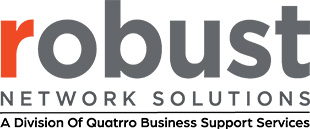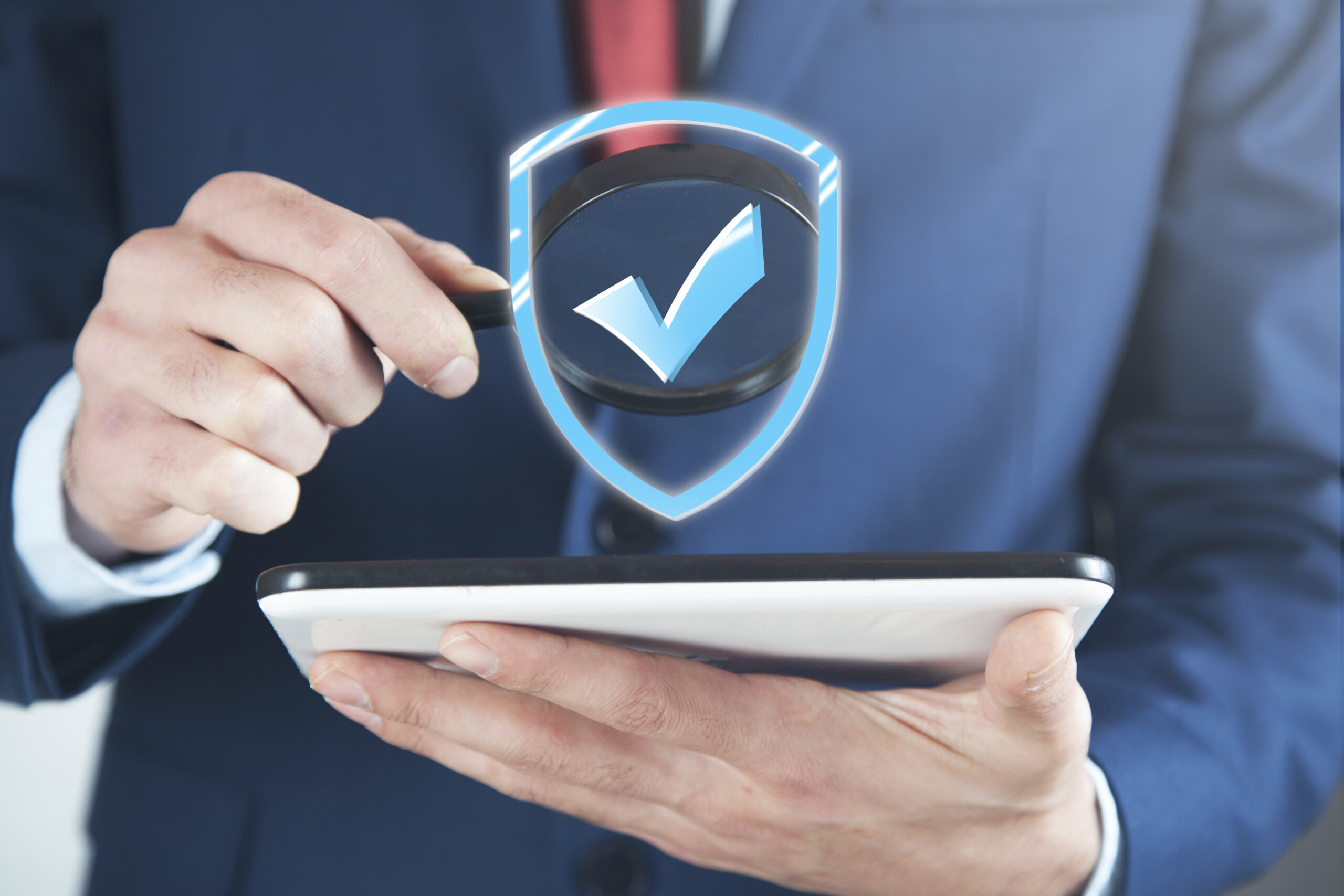Remote work had grown into an even larger portion of the workforce than when it became mainstream just a few years ago.
Many organizations now see remote work as a way to cut costs by reducing spending on commercial real estate. In other cases, remote work is often necessary to secure talent in a highly competitive labor environment where organizations compete for a smaller pool of qualified candidates.
Whatever the reason, remote work is here to stay, and that means ongoing security challenges for both IT departments and the remote workers themselves.
Remote work not only opens up new threat vectors but also invites more threat actors, as remote workers are now a growing target pool to choose from.
In this article, we will go over key procedures to implement to make sure your IT department and employees can mitigate the security risks associated with remote work.
Create Secure Policies And Education For Workers
Ideal security procedures at the device or server level aren’t effective if workers are lax or unaware of threats and improper practices that can leave them at risk.
IT departments need to ensure there are education and policies in place so workers know exactly how important security is and what they can do to help.
These policies include:
Require Multi-Factor Authorization On All Logins
Depending on your own environment and workforce, you can also allow users to choose which authorization method they prefer.
There is app-based authentication as well as hardware-based. Choose which one works best for your employees and environment.
Educate Employees About Phishing
Phishing attacks are not only increasing by double digits, but they are becoming more sophisticated as well. Make sure you keep employees informed of what to look out for. Many workers may not know how sophisticated some of these attacks have become.
Protocols If A Security Breach Occurs
Ensure workers know who to contact when they suspect a security breach has occurred. It’s common for workers to report that they noticed suspicious or strange device behavior for weeks but never reported it.
Other IT Policy considerations:
- Use mail filters to help reduce phishing and malware exposure
- Have a robust backup procedure to survive and recover from a breach
- Make sure file sharing is set to read-only by default.
Software Update Management
With many workers using their own devices for work, it’s important to ensure they only use licensed software. This even includes software not related to work if it’s on the same device.
Next, consider using mobile device management software (MDM). This allows your IT department to have some control over various devices and make sure security patches and other updates are applied in a timely manner.
Anti-Virus And Anti-Malware Services
All user devices need to have anti-virus and anti-malware services that provide real-time protection.
Make sure these software services are either managed through an MDM or set for automatic updates and scanning.
Zero Trust Architecture (ZTA)
Trust But Verify has been replaced by Zero Trust Architecture as remote work has become more common. This means that your network is set up to constantly authorize users and devices as they move about and access new resources or areas.
This not only helps to contain any possible breach and limit access, but it also often prevents malicious entry in the first place via remote work devices that have been compromised.
Employee Home Network Security
As with their devices, the employee’s home network may also be a weak link in the security chain. Inform your employees of best practices for home security.
- Enable and use WPA3 if possible. Older devices may only offer WPA2
- Use a firewall to protect their network from attack or unauthorized access
- Offer VPN access. This allows employees to access work networks directly and minimizes risk. However, these VPN services still need to be monitored by your IT department to ensure they are secure and haven’t been compromised.
Additional Help With Securing Remote Workers
Security threats that target remote workers have grown more sophisticated every year. This can make it difficult for an organization to keep up and stay secure.
Robust Networks offers organizations of any size the resources and knowledge to fend off these new threats. Our cybersecurity experts and engineers can develop and implement a plan to secure your data and network from the most advanced attacks.
Contact Robust Networks today to learn how we can help secure your growing remote workforce.

